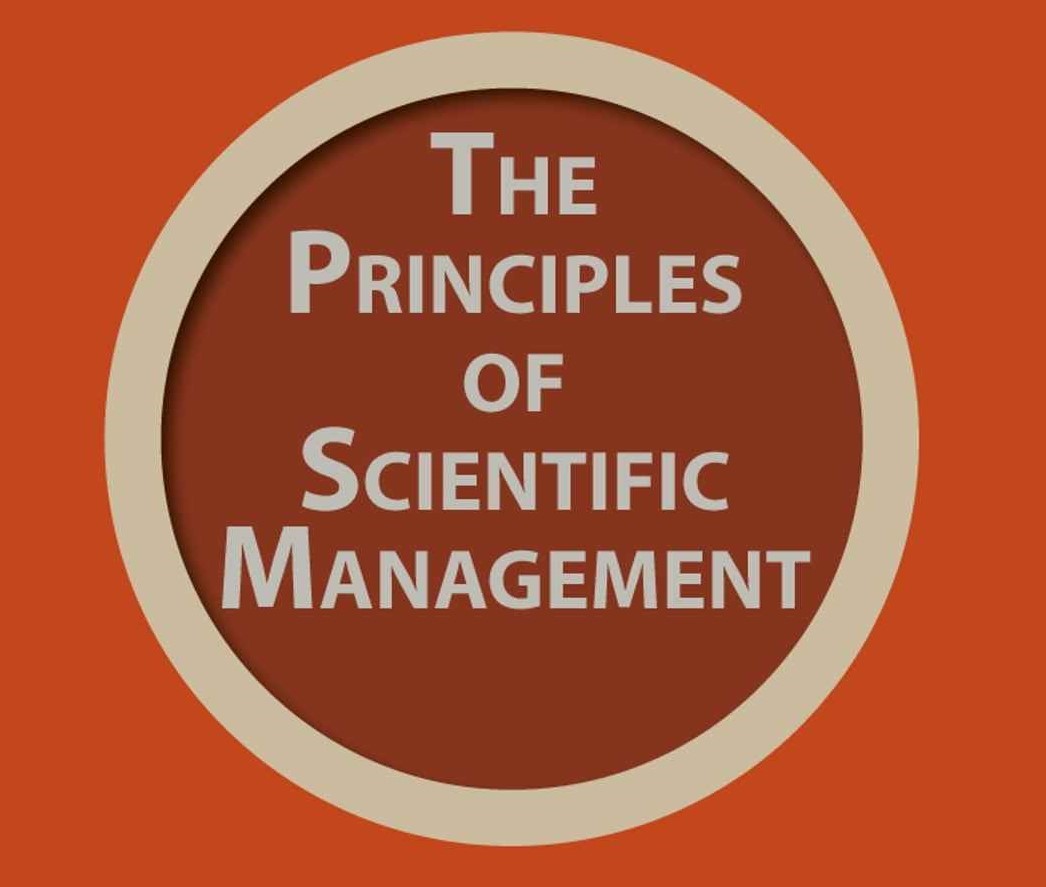09 Mayıs 2013 25198 0 PROCESS ENGINEERING Hakan Aksungar
Process Management and Process Improvement
Process is a series of activity beginning with an input (demand from internal and external customer, information and raw material) and resulting with an output which is the added valued input.
The fundamental processes of an organization is horizontally flowing operations on vertical organizational scheme. If authorizations and responsibilities are not defined properly, there are improvement opportunities between "white areas" of department which are not under any body's responsibility. These white areas are where time losses and conflict occur the most.
WHAT IS NOT CONSIDERED AS PROCESS MANAGEMENT?
- Process management and process improvement is not a project that can be completed in one time. If it is not explained to the employees what is the aim of Process Improvement clearly and openly, the employees will have problems and they may be hesitant in participating the improvement even can resist since they have a fear to loose their jobs.
- Process Improvement is not decreasing the number of employees.
But as nonproductive business and steps are decreasing, the definition of the work can change and there may be new requirements. This indicates change in employees job definition. This topics should be explained to employees in transition to process oriented way. If cut in number of employees is inevitable, the mechanisms for these people should be though priorly.
What is BPM, BPI , BPR ?
- “BPM – Business Process Management”
- “BPI – Business Process Improvement”
- “BPR – Business Process Re-engineering” –
- “Process Redesign”,
- “Process Innovation”,
Determining, identifying, appointing an owner and constant monitoring the business processes in an organization is called "process management" BPM. If there is not improvement, it cannot be regarded as "process management". BPI – Business Process Improvement concept will include "process management", because a thing that cannot be managed cannot be improved. Defining, identifying, monitoring, improving a process is called "Process Management - BPM" or "Process Improvement - BPI".
"BPR Business Process Reengineering” concept can also be called as "Process Redesign" or "Process Innovation". This includes, enormous and radical changes in process, structuring the process from zero, and the approach of "how can we design this process if we are making it for the first time without any conditioning or constrains".
|
Improvement |
Redesign |
||
|
|
Change level |
Gradual |
Radical |
|
|
Starting point |
Current process |
From zero |
|
|
Required Time |
Short |
Long |
|
|
Frequency of change |
One time/continuous |
One time |
|
|
Participation |
Bottom to top |
Top to bottom |
|
|
Scope |
Narrow; within department |
Wide; inter-department |
|
|
Risk |
Medium |
High |
|
|
Possible |
Statistic control |
Information technology |
|
|
Change type |
Cultural |
Cultural/structural |
In an organization where processes are determined and started to be manged, first thing to do about the processes is to monitor the current state. Than the decision to design it from the bottom or redesigning the current process is made.
After BPI, Business Process Improvement there are 3 different approaches investigating the subject.
1. Changing process step or the operations in the steps, decreasing non-added values step and bureaucracy or just making improvements in absolute process participants education and work to achieve process improvement
2. Designing the process from the bottom (BPR - redesign)
3. Appliying a process after benchmarking.
When a process is selected by upper management or by Process Monitoring Committee formed by upper management to make improvements, the current state of the process is quite known.
The Process Improvement Team investigates the current process status (establishing a road map, learning demands, expectation and problems by talking to customers and process employees, receiving suggestions, learning preventive actions, recording current measurement, if there is no measurements making measurement)
- investigating the roots of the problem
- debating improvement solution options
- deciding on one of the options
- examining pilot application and results
- extending the application
are the steps to be followed..
If examination of current status show the need for drastic changes in the process, there is no need to determine the root of the problem; they can be openly seen and known. In this case a new process is redesigned
- using creativity and innovation
- searching the best application by comparison
- and using latest information technology opportunities
- If automatic cash points are not invented, this process would be the same. But without using technology, a process can be redesigned.
SUMMARY
Process Management includes "improvement" and Process Improvement includes "managing the processes".
- When an organization starts process work or a process is taken into consideration, it cannot be decided for improvement or redesign, but if all your competitors are doing a certain job using certain style and technology, you do not have to make long examinations. As an example if you do not have automatic cash point for lodgement or withdrawal and still working with single pay-office, there is no need for investigating the subject in details.
- When the process is investigated/investigating the improvement is either big (radical - leaping) or small (gradual) (except in the situations like the example above)
- BPI Business Process Improvement concept includes the following
- Managing Business Processes,
- Constant improvement
Constant Improvement
- It means constantly monitoring and improving (if necessary) the performances of processes.
- Improvement can be gradual (small) or leaping (radical)
- Constant improvement does not mean small constant improvement
- Total Quality Management questions gradual or leaping changes. TQM does not only mean gradual changes.
- A redesign for leaping improvement does not always require a new technology It is in general need technology but there can be radical changes to increase customer satisfaction and/or process performance.
1. Fundamental processes, Process that focuses on the satisfaction of outer customer
2. Supportive processes, Process that focuses on the satisfaction of internal customer
3. Management processes, Processes for managing fundamental and supportive process and business plan
Classifying the processes will help an organization to determine which process should be focused and resources should be spend on which processes. But remember, the final customer of fundamental processes is outer customer. Supportive processes supports fundamental processes and the customers are internal. But this does not mean supportive processes are less important.










